Insect and Pest Vocabulary Words
Insect and Pest Vocabulary Words
There is a lot of terminology within the world of insects and pests. In today’s blog, we breakdown the definitions of a variety of these terms.
Antennae
While it’s common knowledge what antennae are, not many people know what they’re actually used for. These appendages can come in a variety of forms and even perform a variety of functions including detections of movement, heat, spatial awareness, and, especially, smell. In fact, while they are often referred to as “feelers,” this is somewhat incorrect because the primary function is olfactory. Along the antennae are hundreds of special olfactory cells called sensilla, which excel at detecting odors. This means that they can pick up smells even at tiny concentrations and having a pair of these powerful sniffers can allow insects to determine the direction of the source of an odor due to the concentration differentiation between each antenna. 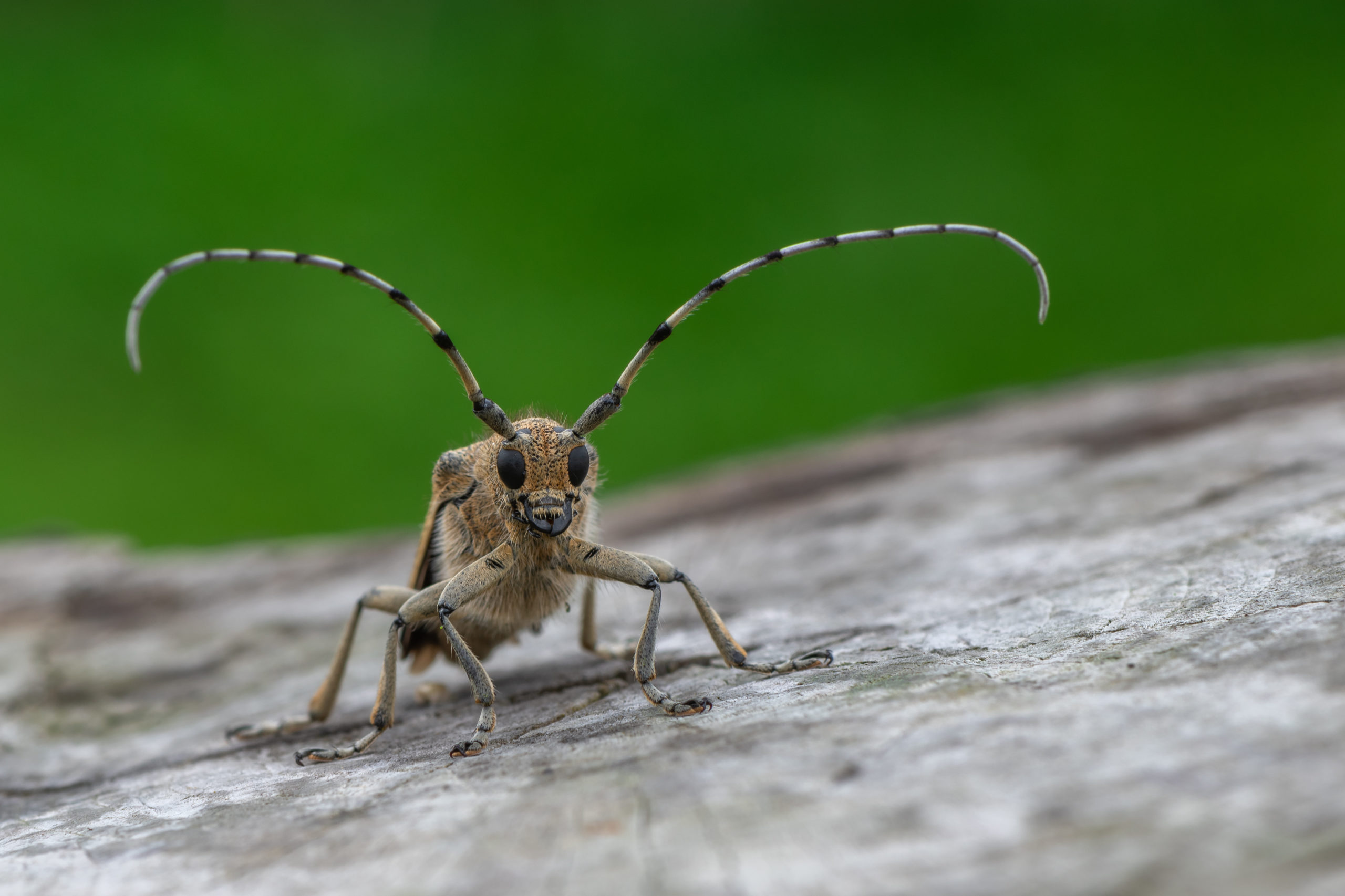
Arachnids
Arachnids are a class of arthropod scientifically known as Arachnida. This means that they are technically not insects, but they are certainly still pests. Arachnids vary from insects in several ways. They have eight legs, simple eyes (as opposed to compound), lack antennas and wings, and have segmented bodies broken down into two parts (unlike the three in insects). There are over 100,000 different species of arachnids including spiders, ticks, scorpions, and mites to name a few. 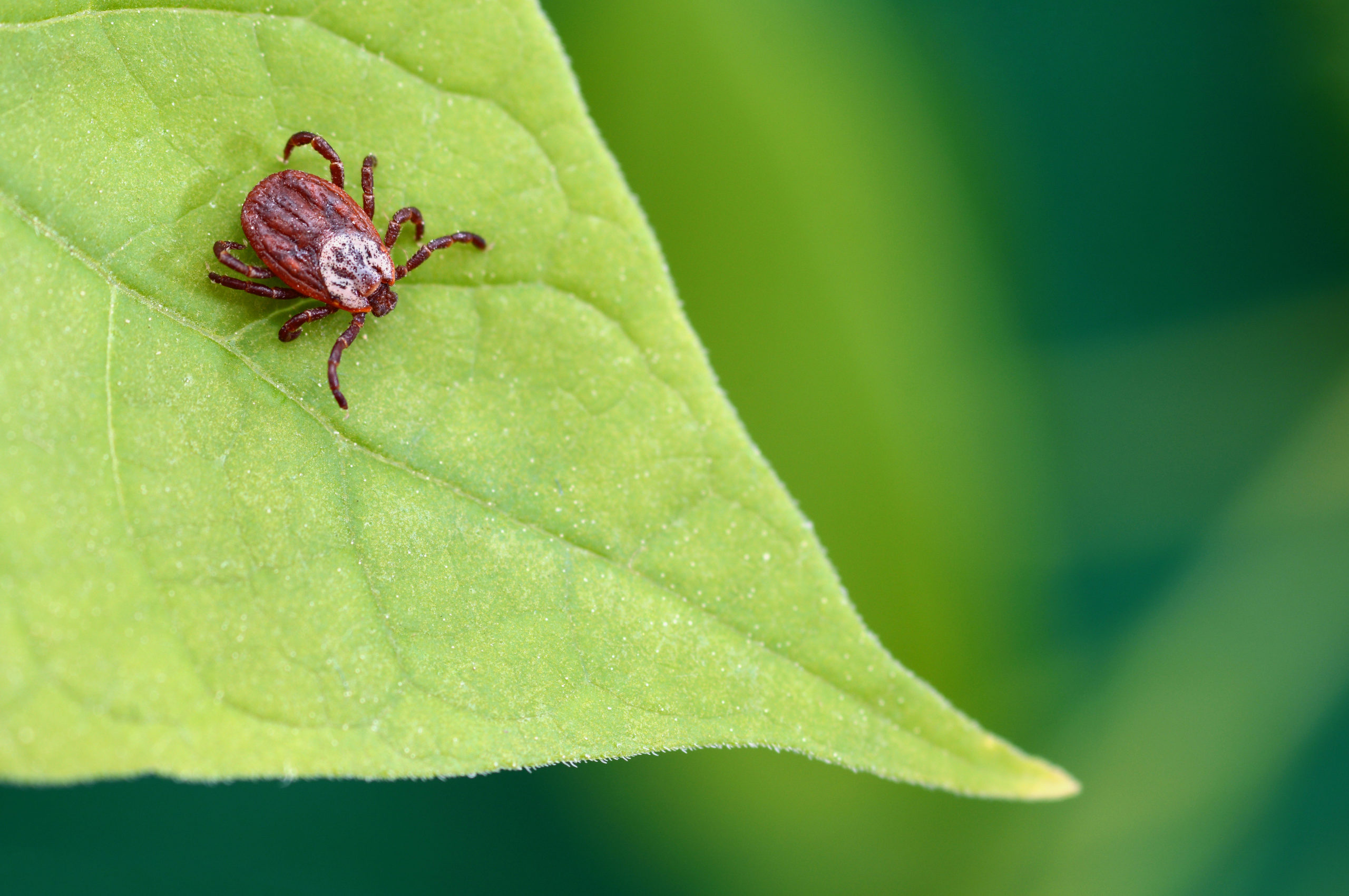
Arthropods
Arthropods are members of the animal kingdom that have exoskeletons. These include creatures such as crustaceans, insects, and spiders. 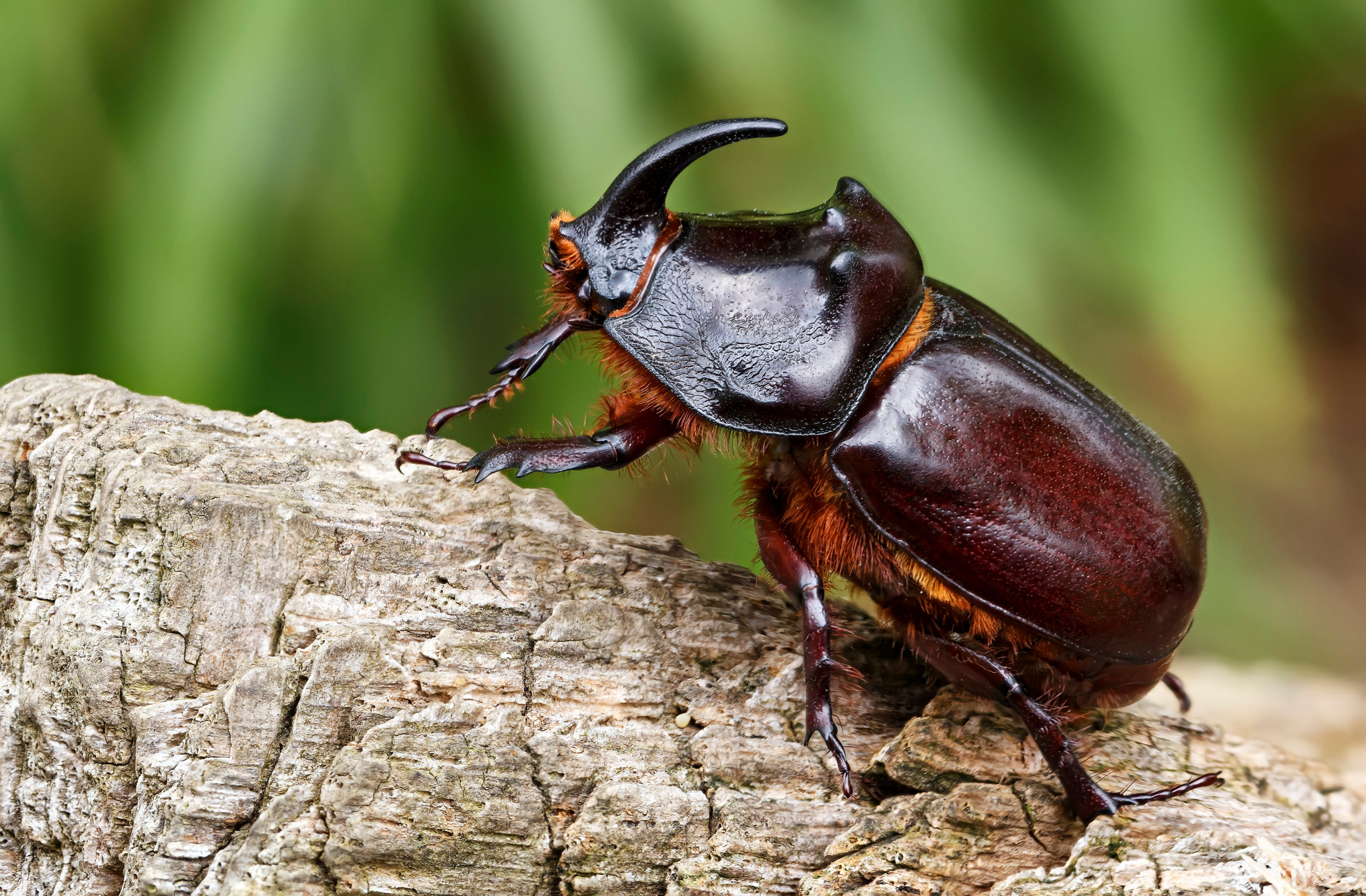
Compound Eyes
Many common insects such as wasps, flies, bees, dragon flies, and butterflies have a special kind of eyes called “compound eyes.” These eyes appear like two separate, large bulbs which appear to be broken up into hundreds of tiny units. The units, known as ommatidia, and are somewhat like individual eyeballs in the way that they each have a lens to focus light and pigments to detect color. The ommatidia act in tandem with one another like pixels melding together to create one cohesive image. Due to this, compound eyes provide a nearly 360-degree panoramic view of the insect’s surroundings. These eyes are excellent at detecting motion and can even pick up on several different colors depending on the species. 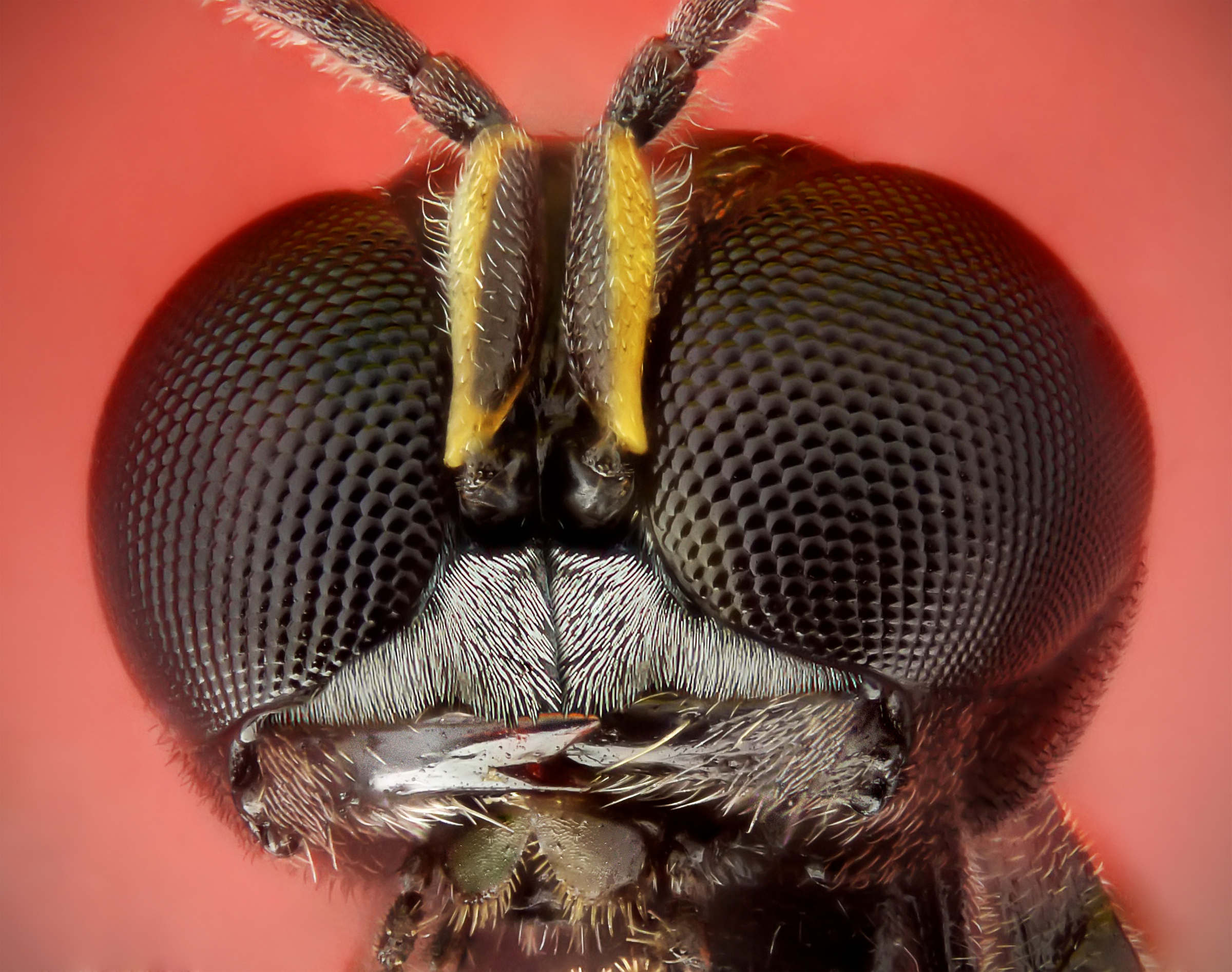
Diapause
Diapause is the essentially the insect version of hibernation. These insects enter a state of prolonged dormancy in which their metabolic processes slow to a stop. At this time, the bug survives off stored energy which can last up to a year for some creatures. To prevent freezing to death, some insects engage in a process in which the water concentration levels in their bodies decrease and dilute by introducing more sugars into their cells to drastically lower the freezing rate of their bodies, thereby allowing them to survive the frigid temperatures. In other bugs, their bodies will naturally produce cryoprotectants, which are like a form of biological anti-freeze, in the form of glycerol. Eventually, when warmer weather begins to return, the insects will awaken. 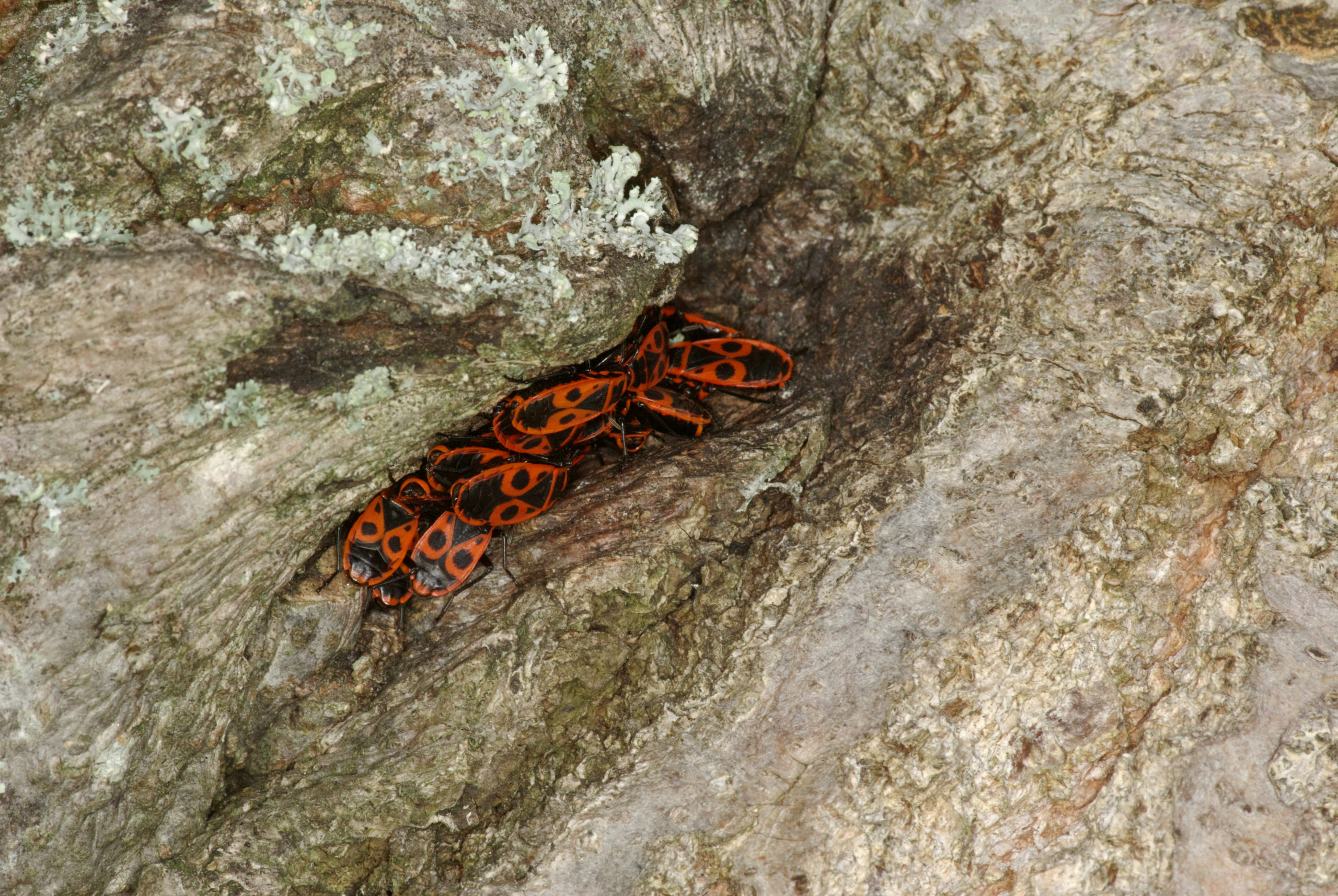
Ectoparasites
Parasites are organisms that live off another being, known as the host, using them for their own survival. Ectoparasites are a sub-category of parasites that are classified by the fact that they live separately, or outside of their host’s bodies. Examples of common ectoparasites mosquitos, bed bugs, ticks, and fleas. 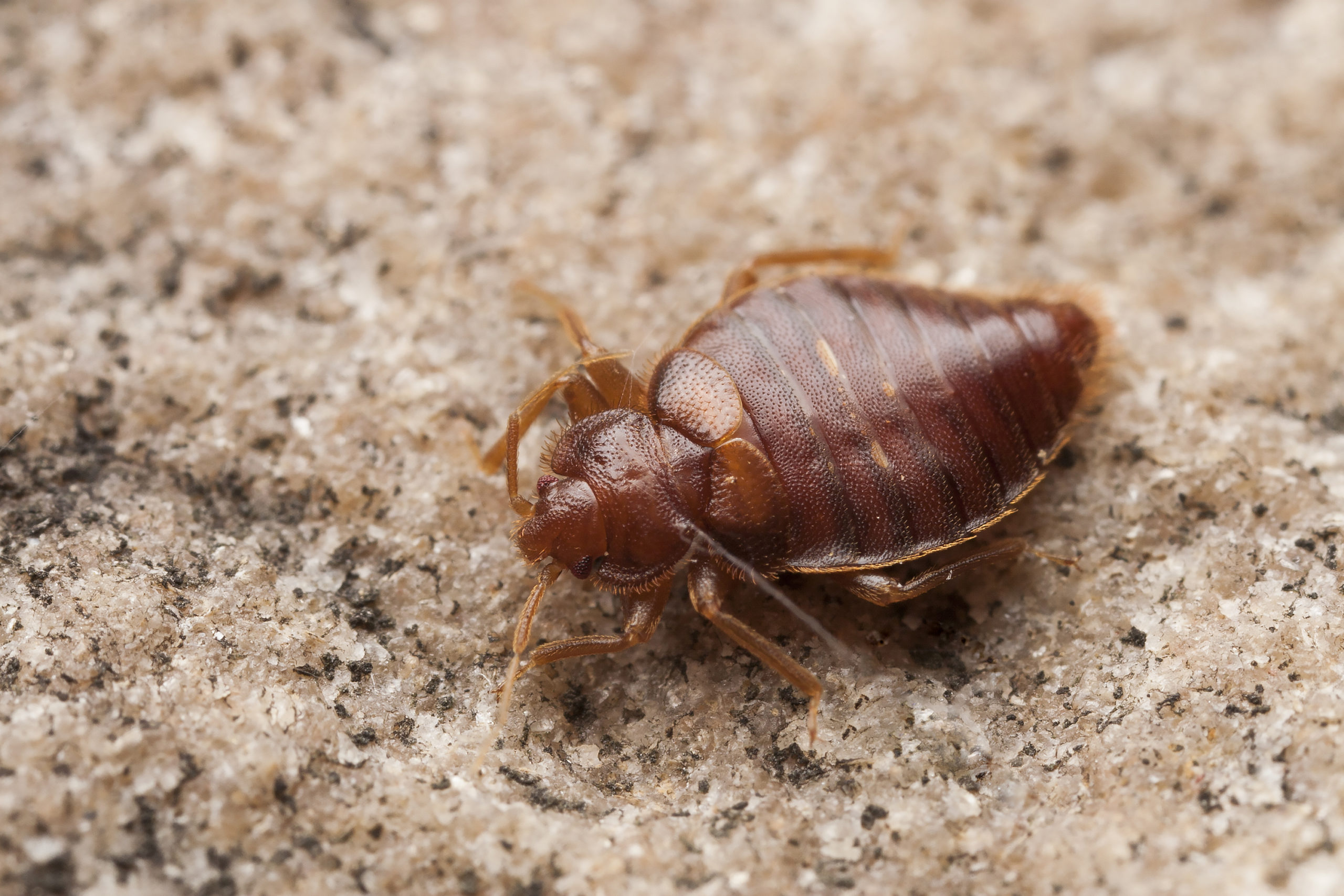
Endoparasites
Endoparasites are the inverse of ectoparasites – they live within their hosts bodies. Some examples of these include scabies (a kind of mite), hookworms, and tapeworms. While many ectoparasites can be eliminated with pest control treatments, the same is not so for endoparasites and medical assistance should be sought immediately for treatment of such parasites. 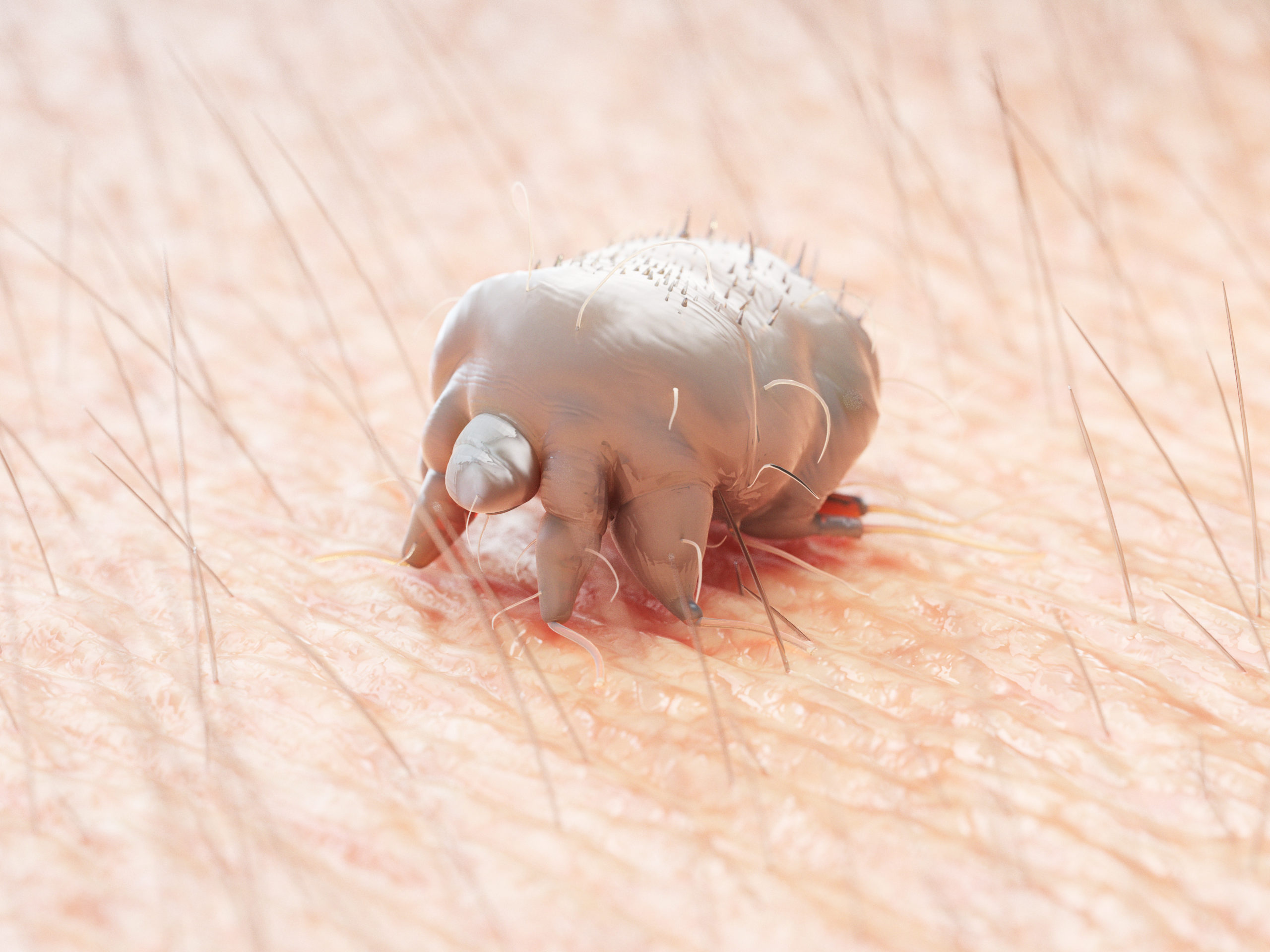
Eusocial
Eusociality is a highly developed form of communal living that several species of insects engage in. Eusocial societies involve caste systems typically made of a queen that produces offspring and workers who manage the day-to-day functions of the colony. Common insects that engage in these developed social relationships include many species of bees and wasps, ants, and termites. 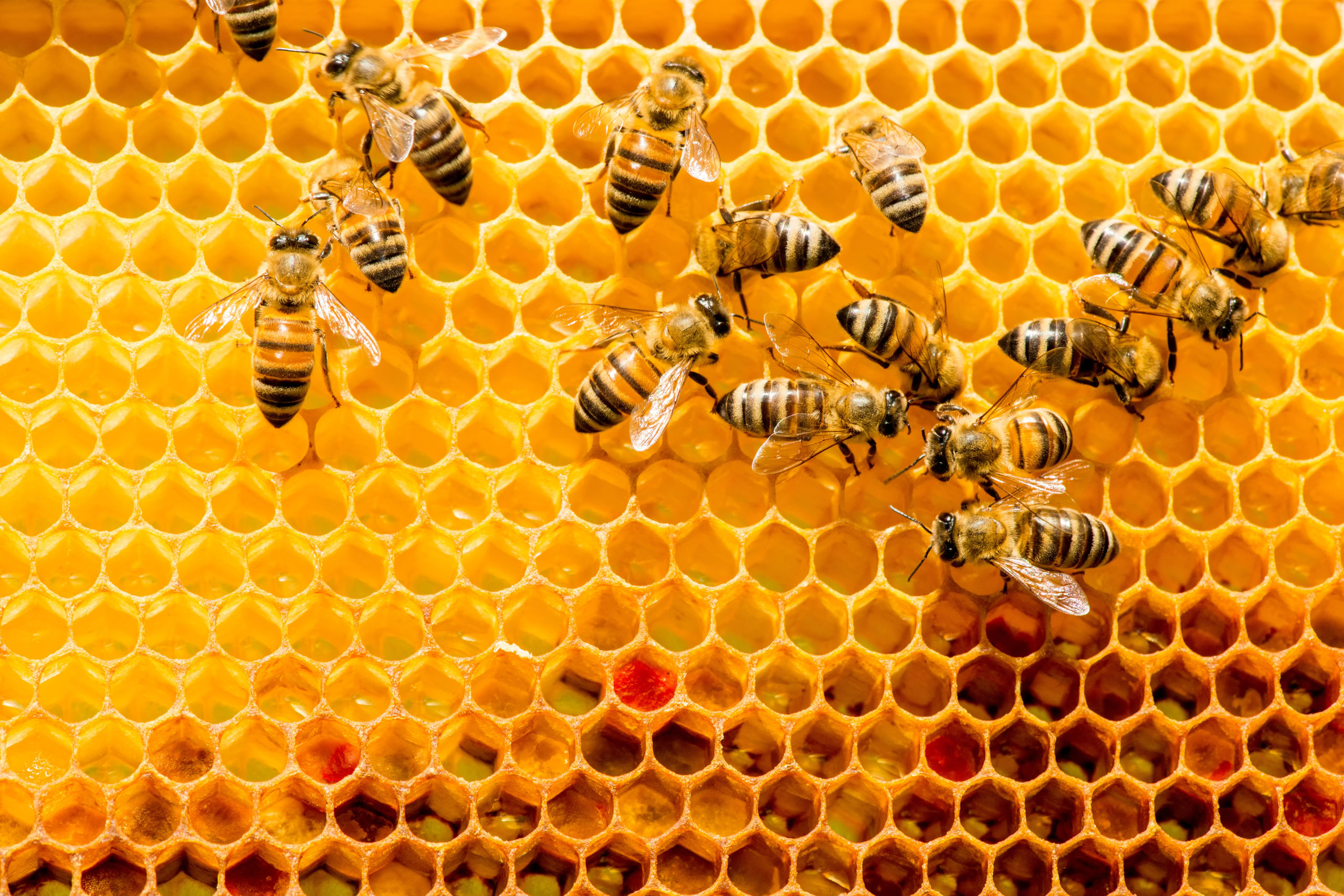
Frass
This simple and seemingly innocuous word, believe it or not, refers to the feces of insects. These excrements can be some of the first indicators of some infestations. 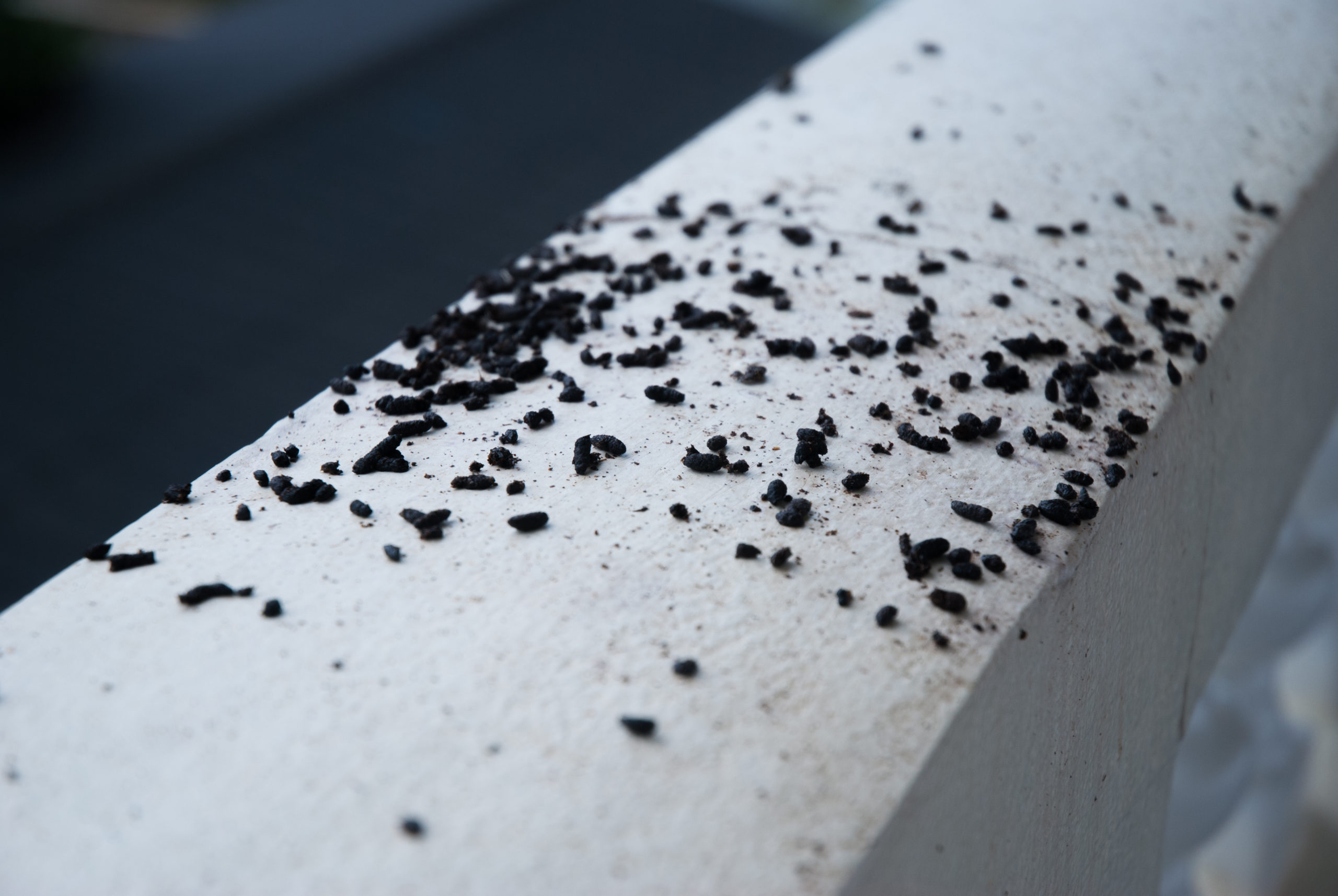
Invertebrate
Invertebrates are creatures that lack backbones. They make up roughly 95% of animal species and approximately 30 phyla. This includes all arthropods, as they have exoskeletons, and therefore all insects and arachnids. 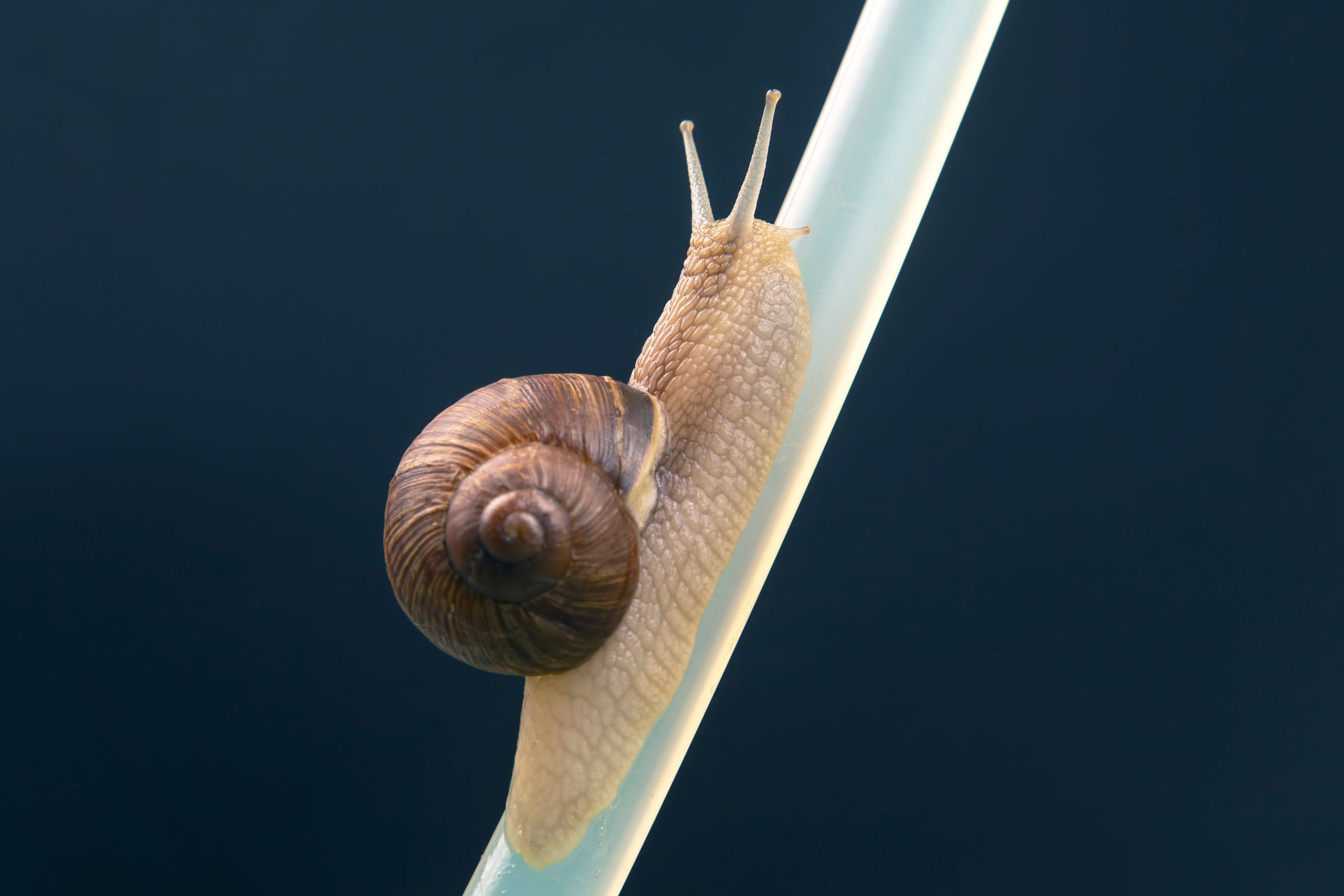
Mandibles
Mandibles are the anatomical mouthparts of arthropods. They typically appear like a pair of pincers and can be surprisingly powerful. For example, researchers have found that the bite of American roaches is, on average and with respect to their body size, five times more powerful than that of the average human. Similarly, in a series of tests, it was revealed that the peak biting force of termites can be roughly 156.2 mN (meganewtons) or more. 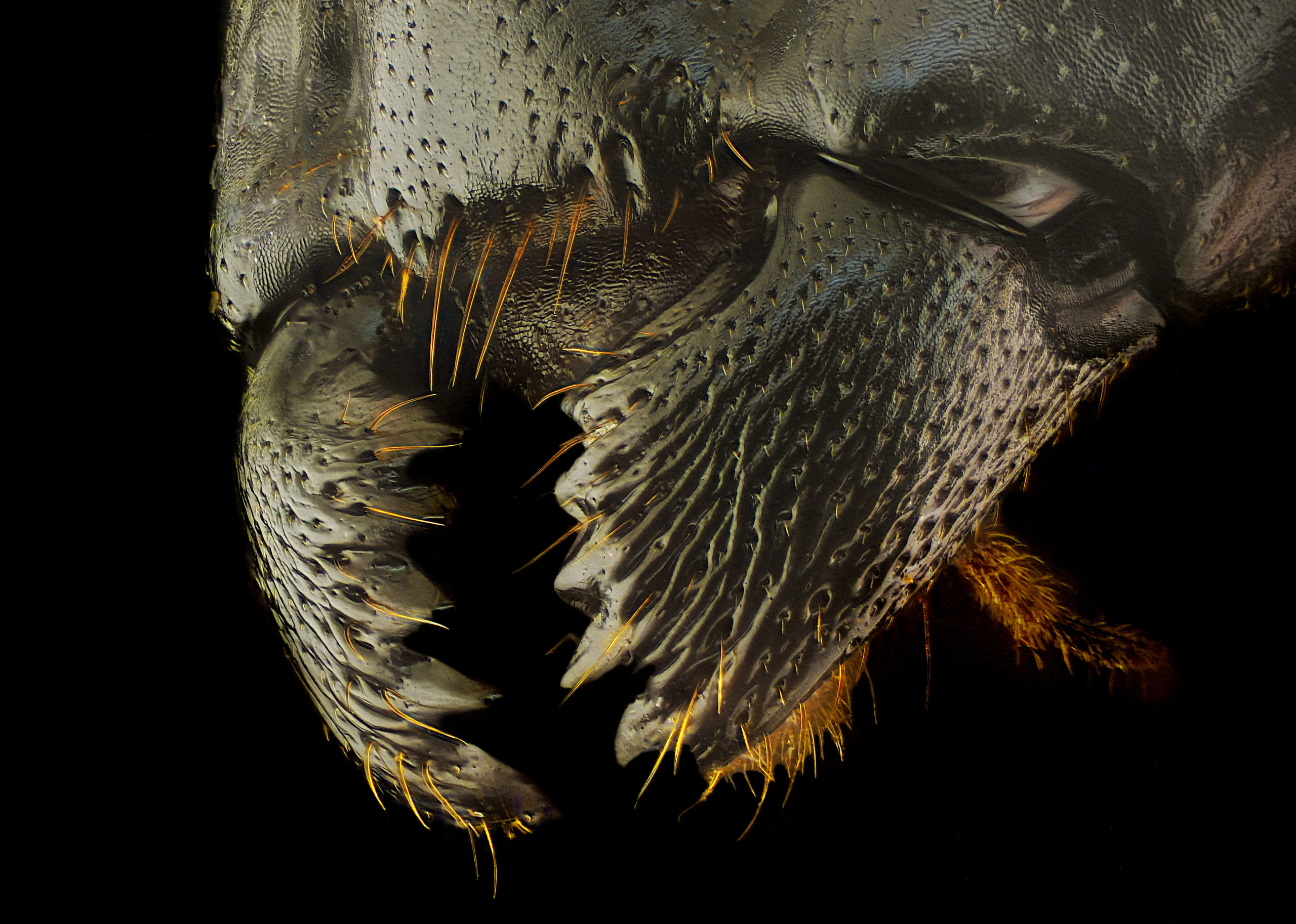
Molting
Molting is a process in which creatures shed the outer layers of their body in order to grow and mature to adulthood. Often times, insects go through several molting stages, known as instars. 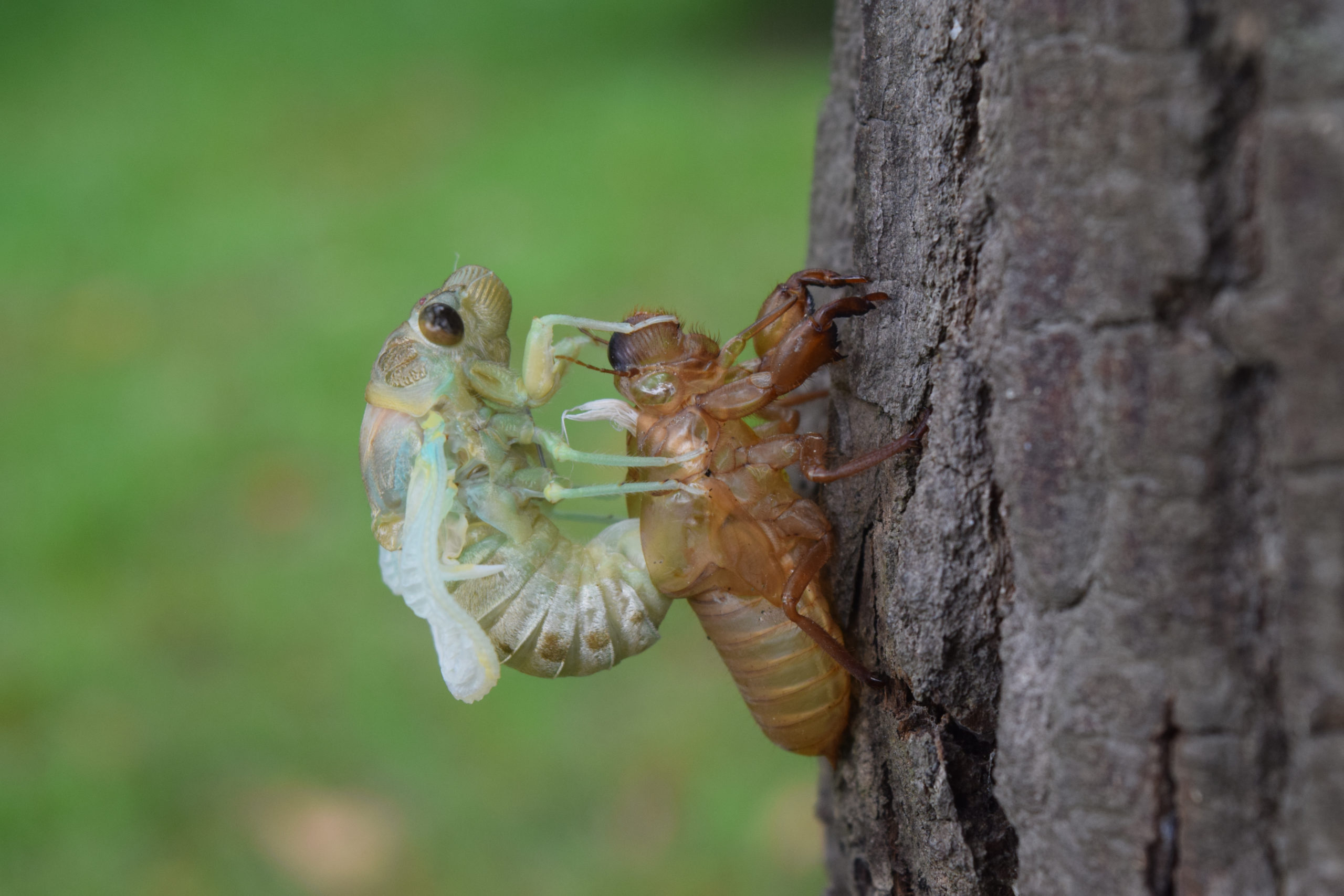
Taxonomy
Taxonomy is the scientific identification and classification of organisms using hierarchical categories. There are 8 taxonomic categories starting with the largest umbrella categories and becoming more specified with each following level. The categories include Domain, Kingdom, Phylum, Class, Order, Family, Genus, and Species. All known creatures both alive and extinct have undergone taxonomic classification, from being members of a broad category, all the way down to their specific species. This is where insects, arachnids, etc. get their scientific names and classifications. For example, the term “insect” derives from the class name Insecta, which is part of the phylum Arthropoda (members of the animal kingdom that have exoskeletons). Broken down with taxonomical classification, it looks like this: Domain – Eukaryota Kingdom – Animalia Phylum – Arthropoda Class – Insecta 
Vector Pests
Vector pests are pests that can carry and transmit a variety of pathogens. Possibly the most infamous vectors of disease are mosquitos, who are responsible for causing several million deaths per year and have even been called the “World’s Deadliest Animal” by the CDC. Other common vector pests include ticks, rats, mice, and fleas. 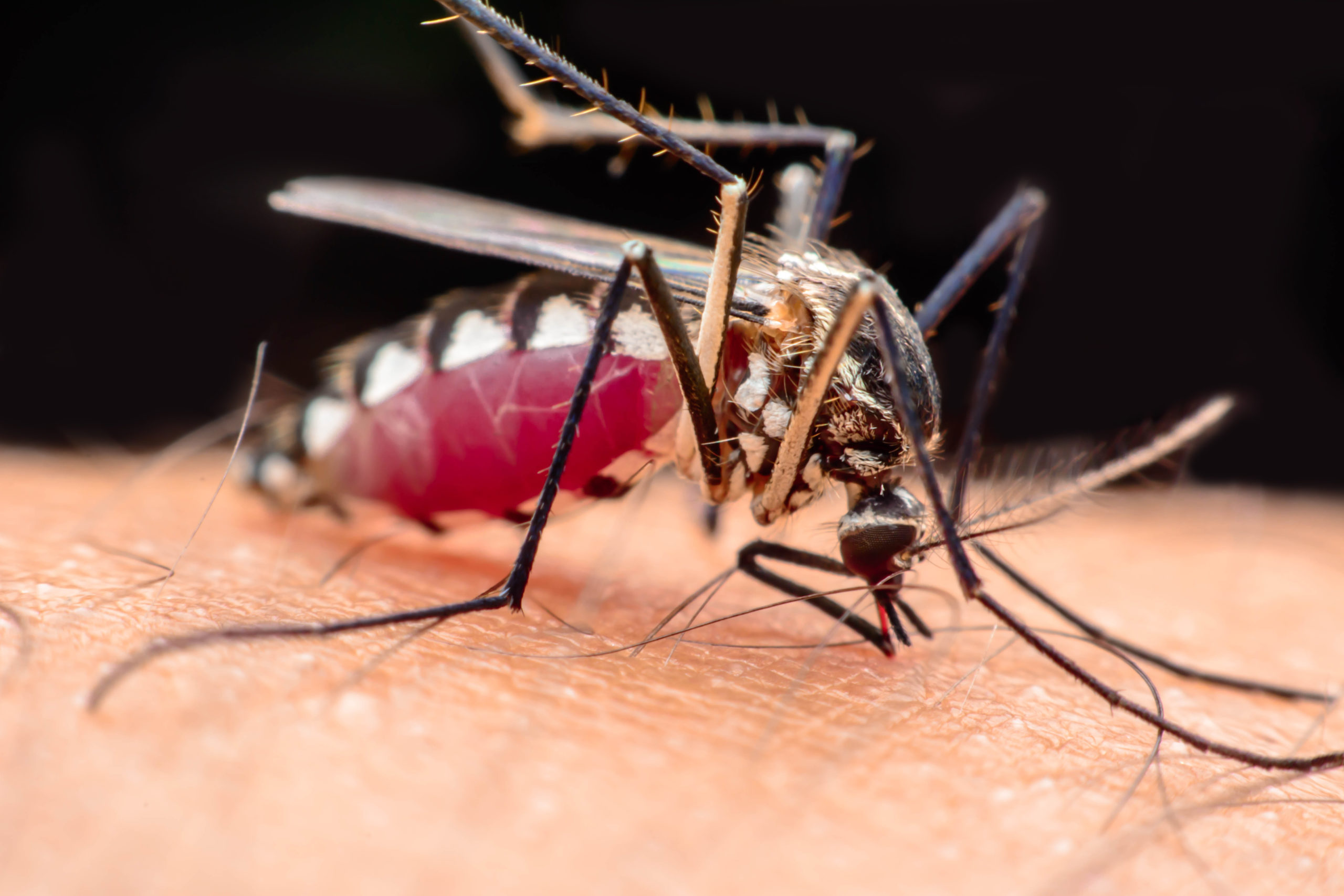
Citations
Antennae (2015) NC State University College of Agriculture and Life Sciences. Available at: https://genent.cals.ncsu.edu/bug-bytes/head/antennae/ (Accessed: June 2, 2021). Blevins, M. and Hiskey, D. (2019) Where Do Insects Go in the Winter?, YouTube. Today I Found Out. Available at: https://www.youtube.com/watch?v=KHc19HHERAo (Accessed: June 2020). Chapter 4: Disease Vectors and Pests (2009) Centers for Disease Control and Prevention. The National Center for Environmental Health. Available at: https://www.cdc.gov/nceh/publications/books/housing/cha04.htm (Accessed: January 20, 2021). The Difference Between an Insect and an Arachnid (2020) Allan’s Pet Center. Available at: https://allanspetcenter.com/the-difference-between-an-insect-and-an-arachnid/ (Accessed: October 2020). Insect antennae (no date) Amateur Entomologists’ Society (AES). Available at: https://www.amentsoc.org/insects/fact-files/antennae.html (Accessed: June 2, 2021). Invertebrates (no date) National Wildlife Federation. Available at: https://www.nwf.org/Educational-Resources/Wildlife-Guide/Invertebrates (Accessed: August 20, 2021). Kuan, K.-C., Chiu, C.-I., Shih, M.-C., Chi, K.-J. and Li, H.-F. (2020) Termite’s Twisted Mandible Presents Fast, Powerful, and Precise Strikes, The United States National Library of Medicine & National Institutes of Health. Nature Publishing Group UK. Available at: https://www.ncbi.nlm.nih.gov/pmc/articles/PMC7289866/ (Accessed: February 10, 2021). Nuwer, R. (2015) A Cockroach Can Bite With a Force 50 Times Its Body Weight, Smithsonian Magazine. The Smithsonian Institute. Available at: https://www.smithsonianmag.com/science-nature/cockroach-can-bite-force-50-times-its-body-weight-180957246/ (Accessed: February 10, 2021). Saunders, T. (2019) Insect antennae, Science Learning Hub. Curious Minds. Available at: https://www.sciencelearn.org.nz/resources/2756-insect-antennae (Accessed: June 2, 2021). Taxonomy (2020) Basic Biology. Available at: https://basicbiology.net/biology-101/taxonomy (Accessed: October 2020).
Request a Free Quote Today
(We do not share your data with anybody, and only use it for its intended purpose)
